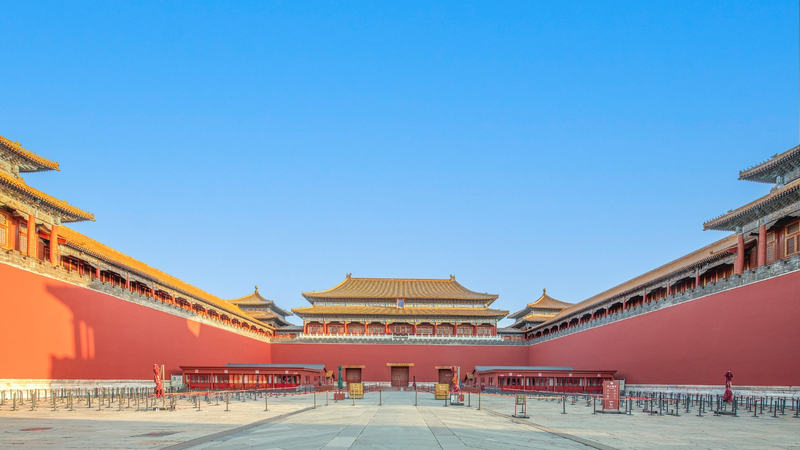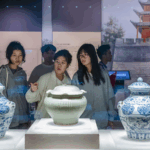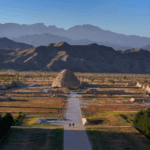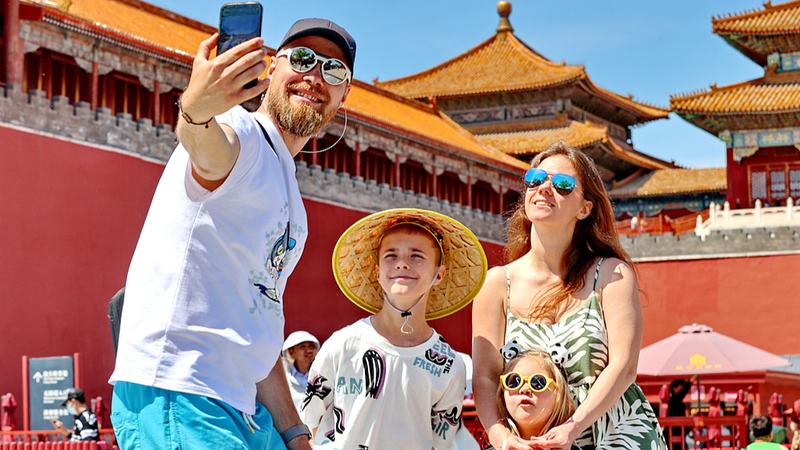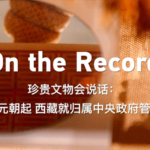Once a forbidden realm of emperors, Beijing's Palace Museum marks its 100th anniversary this year as a testament to cultural preservation and global connectivity. Established in 1925, the former Forbidden City has evolved from an imperial stronghold into one of the world's most visited museums, housing over 1.8 million artifacts spanning 5,000 years of Chinese history.
From Seclusion to Shared Heritage
Constructed during the Ming Dynasty and home to 24 emperors, the Forbidden City's crimson walls long symbolized imperial power and exclusivity. Its transformation into a public museum under the Republic of China government revolutionized access to cultural treasures, turning guarded dynastic symbols into national heritage. Today, 70% of its annual 19 million visitors come from outside the Chinese mainland.
Innovation Meets Tradition
The museum's centennial celebrations highlight its dual role as guardian and innovator. Digital initiatives like 360-degree virtual tours and AI-powered artifact restoration projects demonstrate how ancient collections speak to modern audiences. Recent collaborations with institutions like the Louvre and British Museum have produced groundbreaking exhibitions on silk road exchanges and comparative imperial histories.
Cultural Diplomacy in Action
As China strengthens international cultural ties, the Palace Museum serves as a soft power conduit. Its traveling exhibitions have visited 45 countries since 2015, while the Forbidden City Cultural Heritage Conservation Foundation has funded preservation projects in 12 nations across Asia and Africa. Director Wang Xudong notes: "Our mission transcends borders—we're custodians of human civilization."
Reference(s):
The Palace Museum at 100: From imperial court to global icon
cgtn.com
